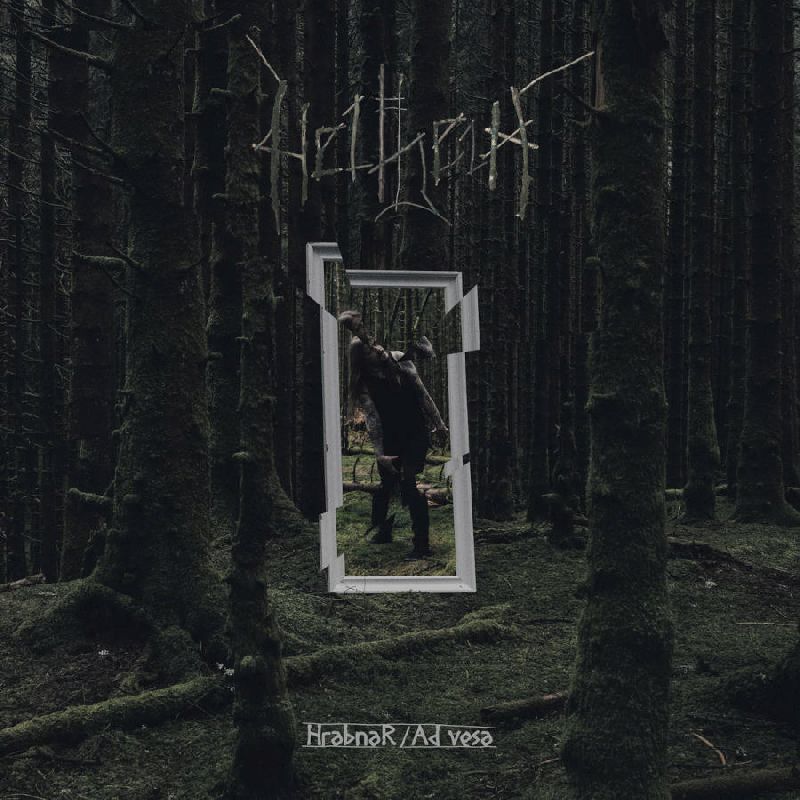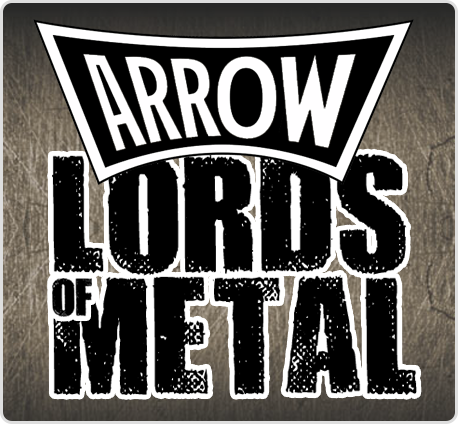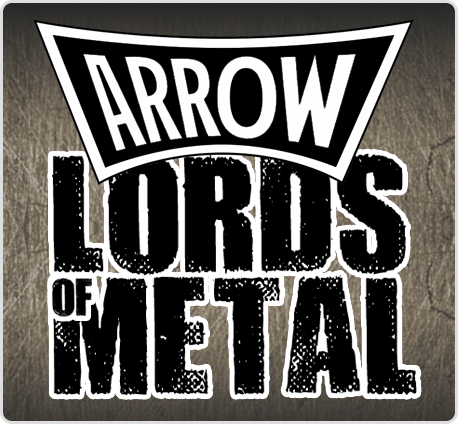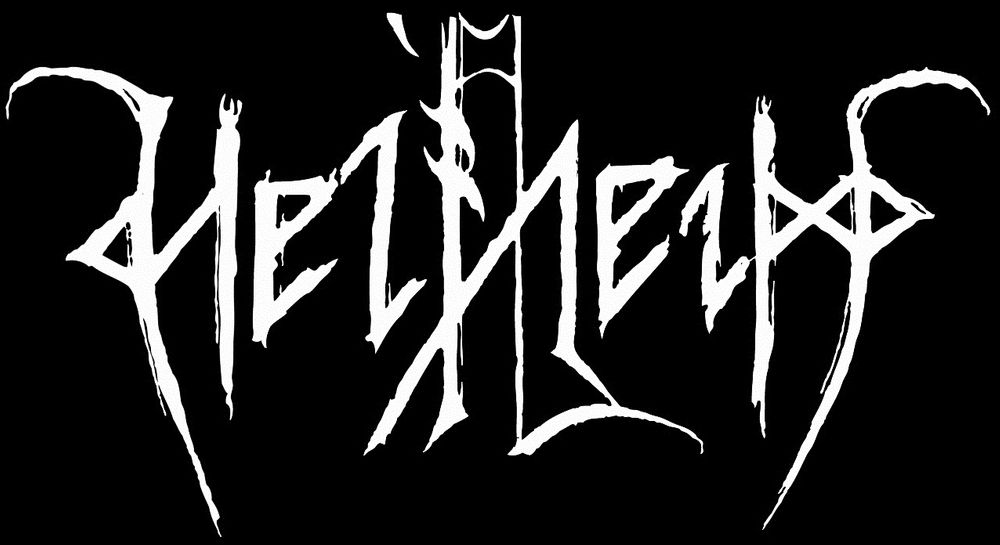
Helheim – interview met V’gandr (vocals, bass) & H’grimnir (vocals, rhythm guitars)
H’grimnir: “There was always a desire to focus more on the aggressive expression for this album”
Ieder de helft van dit twaalfde studioalbum ‘HrabnaR / Ad vesa’ schrijven zonder inmenging van de andere componist. Dat is wat V’gandr en H’grimnir afspraken toen ze aan de klus begonnen en het siert beide heren dat er toch nog zo’n coherent werkstuk voor ons ligt. Dat getuigt van een gezamenlijk DNA wat de band Helheim betreft. We wilden dan ook graag beide Noren aan het woord laten over deze ferme brok Viking gerichte black metal en zo geschiedde…
Vera Matthijssens Ι 07 augustus 2025
Hello guys, I hope you are doing fine! Congratulations with the new album with its special approach! How are you doing?
V: Thank you, all good here.
In 2021 previous album ‘WoduridaR’ came out. Were you satisfied with the reception and could you play some gigs when the world was open again after the pandemic?
V: The feedback was rather good from both the press and the audience. Naturally there weren’t many concerts during that period, but that was ok by us as we’re not a touring band anyway. Of course we could have hoped for more festivals, but then again…whatever.
When and how did you decide to split the writing process of this 12th studio album into two independent parts on the record and what did you see as consequences?
V: Well, we had two titles for the album from the get-go, so after a while we started playing with the idea of doing the vocals solely on the parts we represented. When this was decided the idea of doing a split came naturally.
How did you both approach this and how did you feel when starting to work that way?
V: It was basically me and H’grimnir who discussed this, and we agree on mostly everything we talk about when it comes to Helheim. But nothing was changed concerning the dynamics within the band as business went on as usual. The only difference was that you felt more in control over your own vocal duties as we’re used to share them more or less 50/50 on each song.
Can you go through your four personal songs and tell a bit more about each song, what it presents from your own musical spectrum (for instance the harsh side or atmospheric or whatever)?
H: There was always a desire to focus more on the aggressive expression for this album. We had tried to experiment with a lot of different moods with clean vocals on the last albums, but with these songs it didn’t fit so well. Except for my first song, ‘Geist’. There I already had a clean vocal melody line that I had to bring to life. Even with these somewhat «nice» melody lines, ‘Geist’ still has this desired aggression, with few pauses and short breaks and comes across as an intense song. With the second song ‘Sorg er dødens spade’ the tempo slows down a bit and the soundscape is larger. The bass and drums have practically only one rhythm throughout the song, which makes it quite uniform in expression. The guitars play differently on all the riffs except one, where they come together. The whole structure is very deliberate and is inspired by the lyrics which deal with death and burial. ‘Livsblot’: The fastest and most pure, stylistically, song of my four. Here, black metal reigns supreme, plain and simple. My last one is the longest and most substantial of my four songs. My approach to ‘Mennesket er dyret i tale’ was Bathory and in this case the album ‘Hammerheart’. I realized early that the song went in a total different direction and it became more and more clear that the song is a continuous feature of Helheim’s previous works. The first part deals with the more narrative aspect, while halfway through the song changes character and opens up more. The riffs, vocals and rhythms support the more conclusive theme in the lyrics, before it all ends with death and corruption.
V: Ad vesa (to be) is of a conceptual nature. The four titles represent the four traits that a man possesses. Before Christianity there were no sole concept of a soul, so you had different aspects that a man owned. Through the four tracks I try to explore these different aspects and their difference in nature. It wasn’t an easy task, but I chose to focus them from a personal level, and how I can perceive them from an imaginative standpoint. If I succeeded is a different question, and something that I cannot answer. Though it’s from a personal viewpoint I still think that the listener can fathom the meaning behind it all. To some extent at least. Since the four traits are quite different yet dependent of each other, the music also had to show variety yet consistency to each other. Hopefully I managed to do so.
Same question for the lyrical content of each song. What were you inspired by in each song?
V: I guess I’ve answered that in the previous question, but as I write all the lyrics, I can speak a little bit about the lyrics on HrabnaR (ravens). Those are four individual lyrics with their own little story. ‘Geist’ is about the ghosts/spirits of this and the old world. How they can appear and react, and the many names we have for these spirits. ‘Sorg er dødens spade’ (Grief is the shovel of death) is a tune about eternal grief that can’t be repaired. What can be the outcome then? The shovel might lead the way. ‘Livsblot’ (Life offering) is a lyric that I had laying around for quite some time, and it’s about the pride in man and its self-awareness of who you are. ‘Mennesket er dyret i tale’ (Man is the beast of speech) is a weird one, but in few words it’s about the hubris of man and how we destroy ourselves as well everything around us.
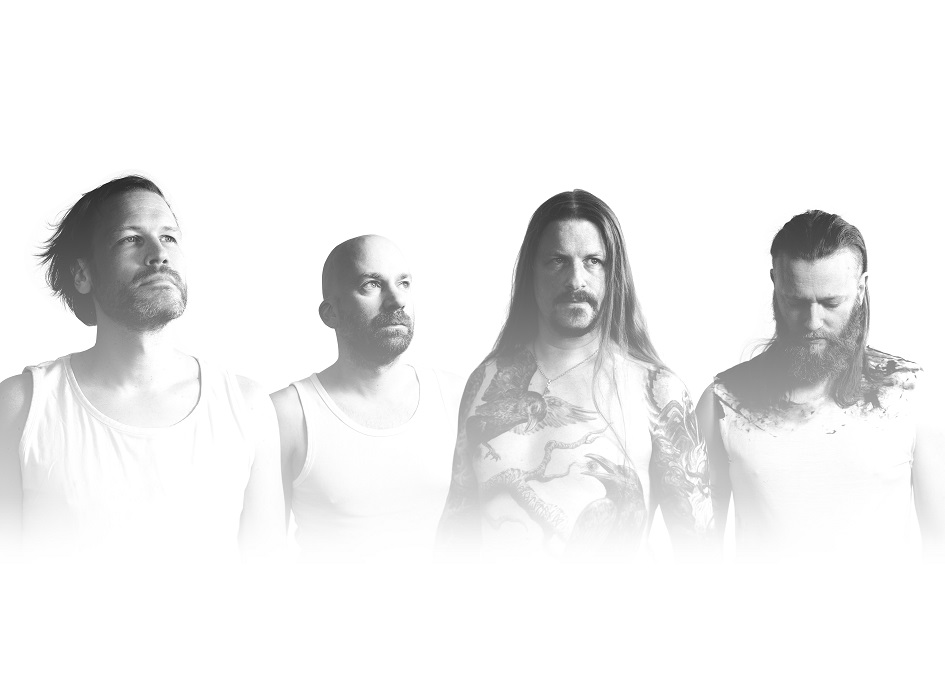
Did you interact during the writing process with the other guy(s) or was it your little secret till rehearsals started?
V: No secrets. We’re quite transparent about what we do.
How did the other members Hrymr and Reichborn pick up the special way of working? Was it a huge difference in arranging the songs further?
H: The writing process was the same procedure as always. Me and V’gandr write on our own and when it’s done we present it in the rehearsal room. Nothing is written in stone, so we are always open for ideas and contributions.
How do you look back on working separately in the end?
V: It wasn’t any different than on other albums other than the fact that you had more control over the vocal duties.
What does the album title mean?
V: To be/ Ravens
What can you tell about the recording process with producer Iver Sandøy. He really is an excellent musician and producer!
H: After so many years in the same studio and working in the same way, it was exciting and perhaps necessary to break out and try something new. I immediately felt that Iver Sandøy challenged us in a different way and the process was different. It required a different kind of approach and way of working that we were ready for. The fact that we were all together in the studio at the same time was also something we had not experienced with this line-up. We had many good conversations together about ideas and process, where Iver was very clear and made many good suggestions.
V: He is indeed. It was a sheer pleasure to work with him and to take part in his insight. He was very active in every role, and this is important if you want to be a good producer. He came up with a lot of great ideas that activated our own creativity. For the first time in many years, we played all together in the studio that gave us the live feeling. Man, how I’ve missed that.
You have been active as Helheim for more than thirty years and yet you never reached the status of some other Norwegian bands, in despite of bringing out excellent albums. Do you have any idea what the reasons are for that? In the end, are you satisfied with the way things were going?
H: I personally feel that the reason we are not bigger as a band to the outside world is that we have been more loyal to ourselves and what we want to do, than to the fans and the surroundings. I am very happy with the state of things now and the way we work together.
V: I have no idea, and to be honest I don’t care. At least not anymore. We’ve found our own recipe for success, so we stick to that.
What were the highlights as band until now?
H: Unsure. Our focus is mostly on the next project.
V: Every new album is a new highlight, so this one is the highlight of 2025, and the next one will be when the next album is released.
To occlude, please tell us about the artwork?
H: The basic idea comes from V’gandr where a play with mirrors was in focus. Where the cover image with the band had a mirror in it and in that mirror was a new image and in that image a new image etc. We contacted the brilliant photographer Thor Brødreskift and we took a trip to a place we had visited 30 years earlier in connection with the Jormundgand photo session. Along the way we worked out a new concept, but still with the mirror in focus. We dragged along a large mirror with us into the forest where we spent several hours. Since this is a split, we both have our own front cover, and our own state of mind in that moment, depicted in a mirror that cracks.
What are the plans for the near future when talking about festivals or touring or selected gigs?
V: No tours as we’ve fed up with that, but hopefully some festivals may occur.
If there is something you want to add, please feel free to do it here…
H: Thanks for the interview and take it away V’gandr…
V: Thanks for the interview and remember that Heathendom is resistance!
